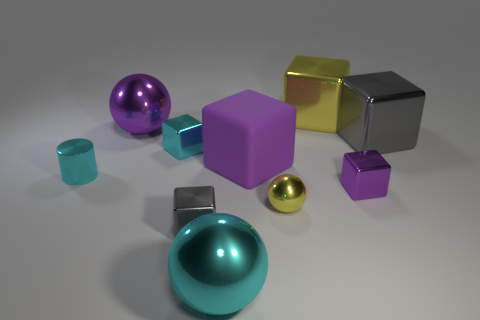We start with the very first interaction of the experiment. When observing the question, the only thing the learner can do is to use intention reading to create a meaning hypothesis and to learn a hollistic mapping between the observed question and the constructed meaning hypothesis. At this point, the learner cannot know which parts of the form correspond with which parts of the meaning.
In the interactions that follow, you will see that the agents are repeatedly presented with the same question. Many meaning hypotheses generated by intention reading are not adequate representations of the meaning of that question. Hence, they fail to generalise across scenes. When the agent reuses a previously acquired holophrase construction and fails to achieve communicative success, intention reading is used to make a new meaning hypothesis. Importantly, intention reading ensures that it does not generate exactly the same meaning hypothesis as before, as it turned out to be unsuccessful.
At this point, the construction inventory of the agent contains a single holophrase construction that covers the observed question. All other holophrase constructions failed to generalise across scenes. Because they were competitors of the single remaining holophrase construction, they were punished several times and eventually removed.


